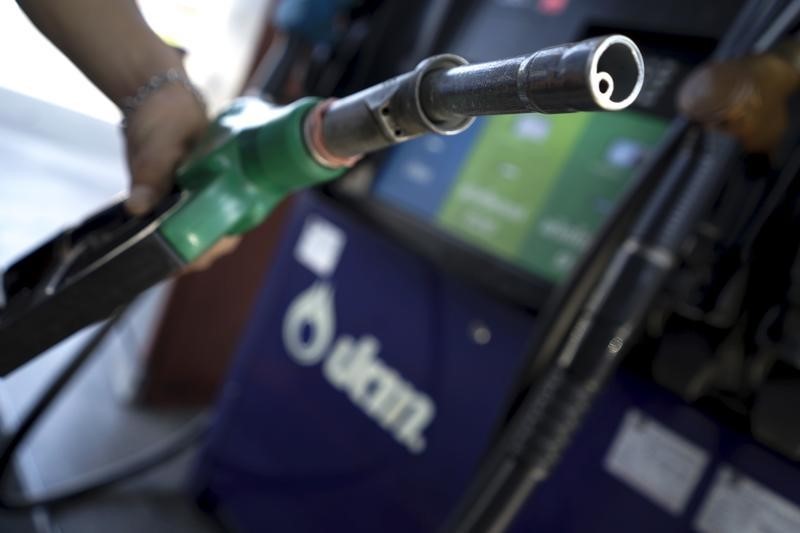By Barani Krishnan
Investing.com - OK, enough of OPEC, time to move on to the EIA and rig count.
Oil prices settled mixed Monday as players nodded to historic output cuts agreed by world producers while questioning their efficacy.
Traders said focus was now on weekly data on U.S. crude stockpiles due on Wednesday from the Energy Information Administration, and industry firm Baker Hughes’ survey on oil rigs slated for Friday. This was amid the notion that the near 10 million barrels per day cuts agreed at the weekend by OPEC and other producers fell way short of the estimated 30 million bpd crude demand lost to the Covid-19.
West Texas Intermediate, the New York-traded benchmark for U.S. crude, settled down 35 cents, or 1.5%, at $22.41.
Brent, the London-traded global benchmark for crude, settled up 26 cents, or 0.8%, to $31.74
“Yeah, OPEC is saying it’ll get almost 10 million barrels cut a day but the market is saying ‘not so fast!’” Gene McGillian, vice-president of market research at Tradition Energy in Stamford, Conn., told Investing.com. “We expect the EIA to report a 10-million-barrel build in crude, 7.5 million in gasoline and 2.5 million in distillates for last week.”
“On rigs, I know we’ve come off quite a bit over the past few weeks but we’re still above the lows of 2016.”
President Donald Trump, who initiated the so-called GLOPEC agreement for cuts, tried to put a more positive spin on the deal on Monday.
"Having been involved in the negotiations, to put it mildly, the number that OPEC+ is looking to cut is 20 Million Barrels a day, not the 10 Million that is generally being reported," he tweeted.
"If anything near this happens, and the World gets back to business from the Covid 19 disaster, the Energy Industry will be strong again, far faster than currently anticipated. Thank you to all of those who worked with me on getting this very big business back on track, in particular Russia and Saudi Arabia."
U.S. Crude stockpiles rose by 15.2 million barrels last week, building by a total of 30.6 million barrels over the past three weeks.
Gasoline stockpiles were higher by 10.5 million barrels last week, resulting in a net build of 16.5 million barrels over three weeks.
Distillates inventories rose by 0.5 barrels last week, although they fell by a net 2.4 million barrels over three weeks.
Distillates, which include diesel, have been a bright spot in weekly EIA data since the escalation of U.S. lockdowns over Covid-19 due to a ramp-up in deliveries by e-commerce companies like Amazon (NASDAQ:AMZN) and eBay (NASDAQ:EBAY) and courier services like FedEx (NYSE:FDX) and DHL. But even this was being suppressed now by minimal trucking and other commercial transportation activity from the economic paralysis across the U.S.
As for the weekly rig count, Baker Hughes reported a drop of 179 oil rigs over the past four weeks to 504. But the overall count was still 60% above the May 2016 low of 316.
“The reduction in supplies, if respected, will not impact arrivals before June-July,” said Olivier Jakob, founder of Zug, Switzerland-based energy risk consultancy PetroMatrix.
“For the next two weeks, we are still in an environment of maximum demand destruction and near-record crude oil supply. More crude oil stock-build is likely to be visible. The forward outlook of supply cuts and improving demand might reduce the contango pressure for the summer forward, but the prompt time-spreads are likely to stay under pressure.”
Contango refers to a situation in commodities where the front-month contract in a particular market trades at a discount to further months for delivery.
In Brent’s case, spot crude for June was trading on Monday afternoon at a discount of more than $9.50 a barrel to the contract scheduled for delivery in a year’s time. Such a market dynamic allows traders to buy crude immediately, put it in storage somewhere, and try to gain by selling it forward. While that may be lucrative for the individual, the oil sitting in storage shows up as part of global inventories, further depressing the spot price.
